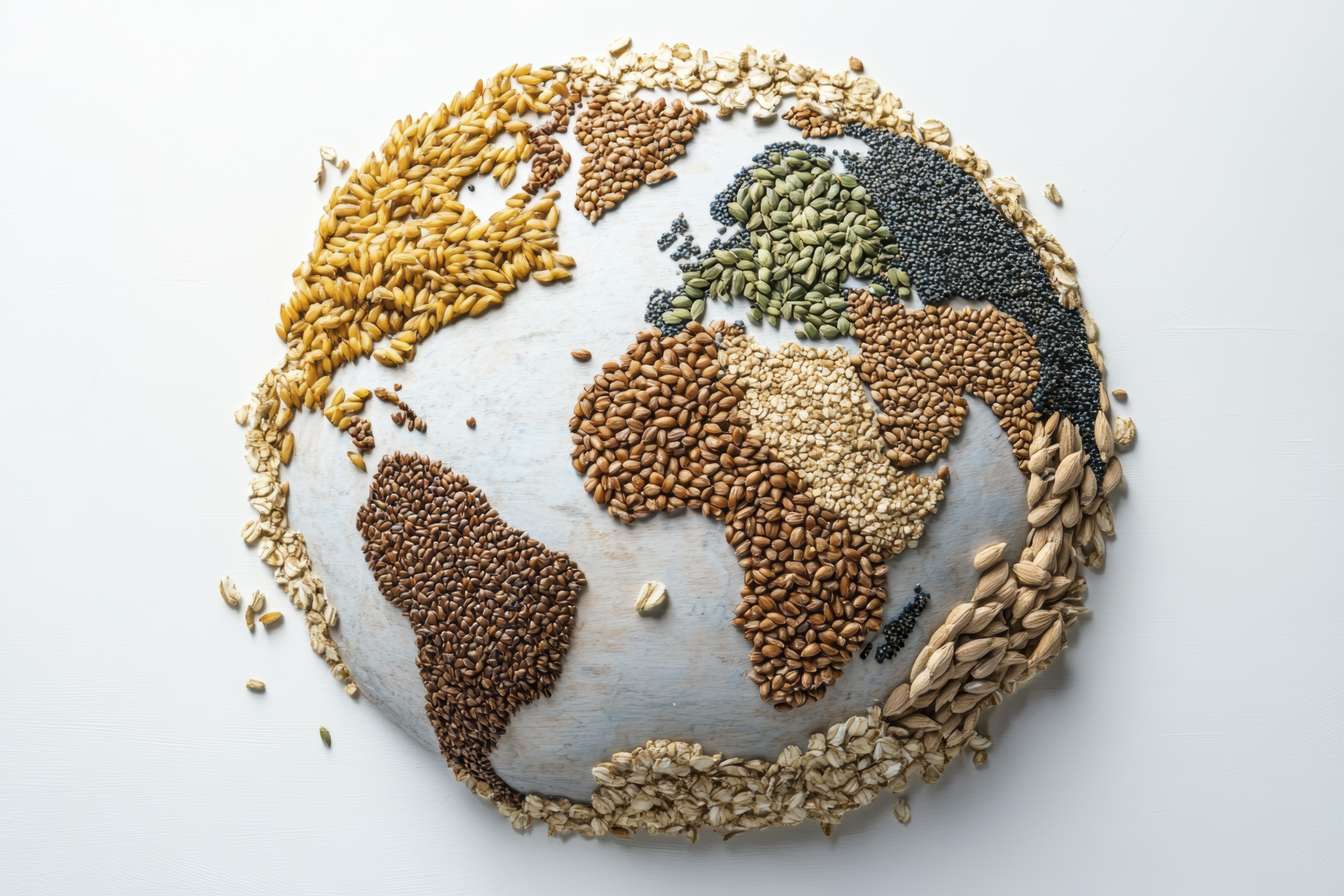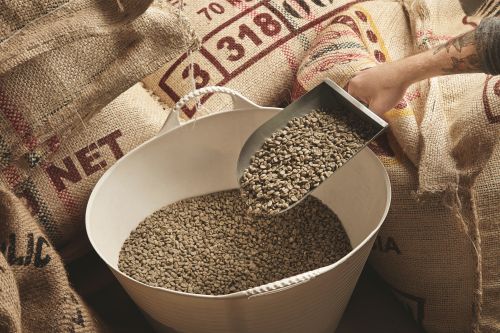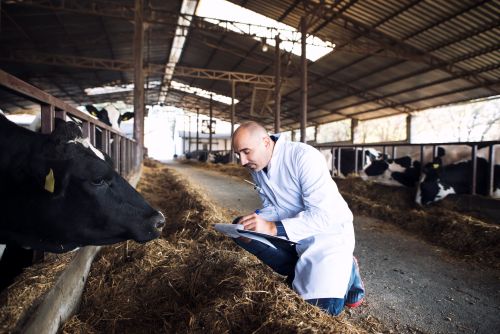660

Romania recorded a 7.7% increase in agricultural product deliveries to external markets in the first five weeks of the 2025/2026 marketing year, which began on July 1. According to data analyzed by Economica based on information provided by the European Commission, Romanian traders exported over 1.8 million tons of cereals, particularly barley, in a context where favorable climatic conditions and strong external demand created significant opportunities for capitalization.
The most significant volumes were recorded for barley, with 830,455 tons exported – 22.1% more than in the same period of the previous year. In the case of durum wheat, exports increased 7.6 times, reflecting growing interest in third-country markets. By contrast, common wheat exports fell by 19%, to 740,130 tons, while corn exports experienced a steep 70% decline, reaching only 21,250 tons. This dynamic reflects both differences in international demand and the logistical and commercial adjustments of major traders.
Despite these punctual declines, Romania managed to maintain its leading position among European cereal exporters, contributing 28% of total European Union exports in the 2024/2025 marketing year. According to European Commission data, the country exported approximately 9 million tons of cereals (wheat, corn, barley, flour) during that period, 15% less than the previous year, but still enough to surpass France, which was affected by poor harvests.
For the current agricultural year, forecasts indicate a possible record wheat production, estimated at 11.4 million tons, the largest volume in the past decade. Other international sources, such as Argus Media, even estimate a higher range of 12.2 to 14 million tons, depending on harvesting conditions and final yields. This performance is supported by favorable weather during the winter and spring of 2025, which allowed for optimal development of autumn crops.
Although farmers cultivated up to 10% fewer cereal and oilseed areas compared to last year – mainly due to crop rotation and rising costs – projected yields are significantly higher. Thus, Romania could offset reduced cultivated areas through better efficiency per hectare.
At the European level, total cereal production in 2025/2026 is estimated to reach 278–279 million tons, an increase of around 9% compared to the previous year. In this context, Romania positions itself as a key player in ensuring regional food security, especially given the instability in the Black Sea basin.
In conclusion, despite the reduction in exports for some categories of cereals, Romania maintains a strategic role in the European agricultural market. Performance in the 2025/2026 season will depend on the efficient capitalization of production and the logistical capacity to meet growing international demand, particularly for wheat and barley, where the market continues to offer competitive margins.
(Photo: Freepik)




